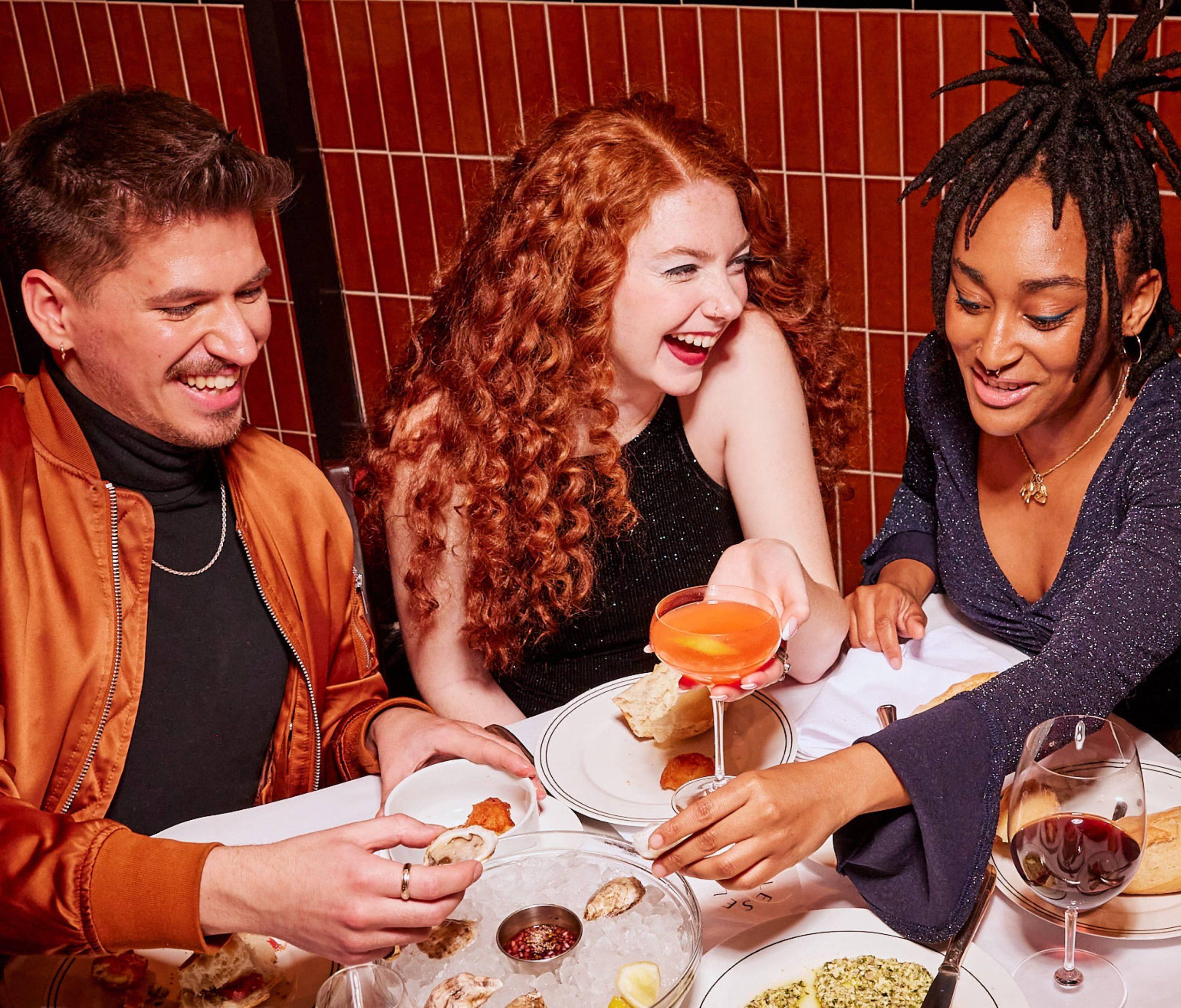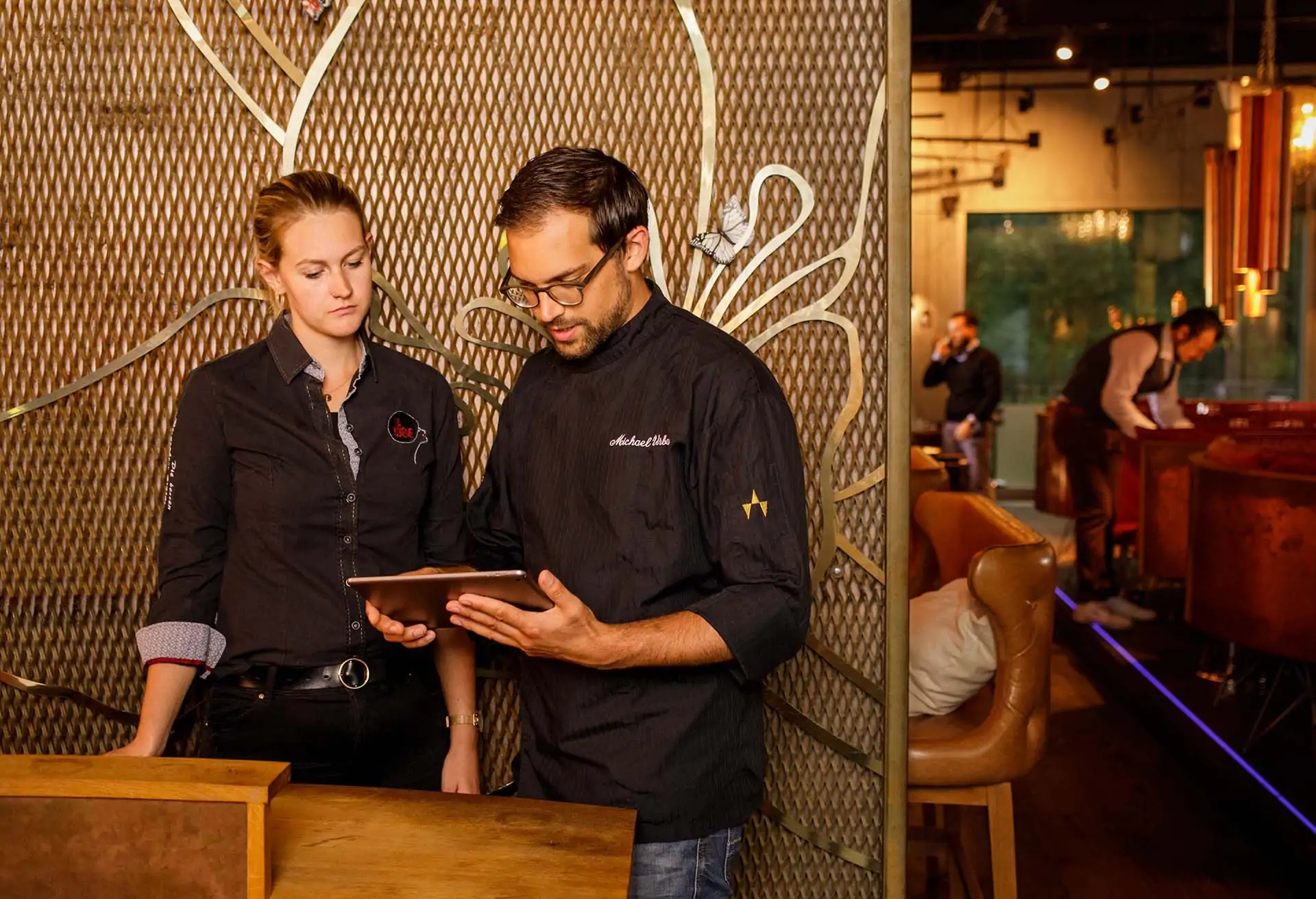The Australian restaurant industry is constantly evolving to meet changing guest demands and preferences. As we move into 2024, several key trends are emerging that restaurateurs should have on their radar. From unique dining experiences to ‘peak season’ surcharges, here are some of the top trends shaping the future of restaurants.
1. Unique dining experiences
With household budgets squeezed tighter than ever, people are being far more selective about dining out. When they do choose to spend their hard-earned money at restaurants, they are increasingly seeking out unique, even bucket-list-worthy experiences that feel special.
From reservations-only omakase menus to one-night collaborative dinners, special occasions are becoming more of a priority. Restaurants can meet these needs head-on, offering unique tasting menus, upgraded tableside preparations and even premium add-ons to satisfy this demand.
There is an opportunity to capture those special moments in creative, memorable ways through the likes of OpenTable’s Experiences. Theatrical touches and over-the-top presentations even go as far as capturing social media attention while increasing exposure. With fewer overall dining occasions, guests want to feel transported when they do dine out. Delivering those unforgettable moments will be key.
2. ‘Peak season’ surcharges are on the rise
Increased labour requirements and fluctuations in produce availability mean more restaurants are implementing temporary “peak season” surcharges. Taking a cue from hotels, who have high-season surcharges, demand-based pricing allows restaurants to cover spikes in demand during busy periods.
Adding 10-20% seasonal surcharges to the bill increases the chances of restaurants recouping more revenue during the most profitable times of the year. Smart operators targeting tourists and holiday diners can capitalise on peak demand around long weekends, school holidays, festivals and special occasions.
Counter-intuitively, the special surcharges seem to drive increased spending, as diners view it as paying a premium for a can’t-miss, in-demand experience. However, restaurants need to communicate surcharges clearly and guarantee excellent service and hospitality that backs up the added cost.
When used wisely during busier times rather than bluntly across the board, the surcharge model allows venues to balance out slower periods. Expect demand-driven, dynamic pricing to become more common industry-wide.
3. Non-alcoholic beverages
Health-consciousness and moderation continue rising across Australia’s dining scene. More restaurants now spotlight complex, upscale, non-alcoholic pairings to complement plant-based menus. Botanical flavours, fermented teas, broths and juices provide diners with intriguing alternatives to wine or beer.
Many restaurants have even partnered with boutique beverage artisans offering grown-up mocktails and zero-proof spirits catering to an increase in sobriety among younger diners. This plant-based dining and non-alcoholic beverage movement has become highly profitable due to increasing consumer demand.
Whether for health, sustainability or social reasons, creative non-alcoholic options make restaurants more welcoming and inclusive. These are positive signs for the industry’s future and a younger demographic turning away from alcoholic options.
4. Gen Z are in demand
The generational shift continues reshaping restaurants, as influential Gen Zers rival Millennials in spending power. Restaurants attuned to youth-oriented TikTok trends are reaping the rewards, with playful, photogenic dishes built for social sharing earning viral attention. Expect more over-the-top milkshakes, snackable share plates and even meme-inspired specials targeting smartphone-welding diners.
At the same time, climate-conscious Gen Zers demand sustainability before choosing where to dine. Zero-waste cooking, carbon labelling, accountable sourcing, and other planet-positive actions are now prerequisites to earning their loyalty.
Understanding value-motivated young diners via social listening will help you align with their passions. Rather than chasing superficial gimmicks, Gen Z craves authenticity paired with menu innovation. Restaurants that speak their language, both literally and ethically, will go some way to becoming the go-to spots for today’s and tomorrow’s diners.
5. Keeping costs down and revenue at a maximum
With razor-thin margins, restaurants should approach both expense control and revenue generation with more creativity. Analysing supplier invoices and service contracts to negotiate better rates is the first step to cost savings. Additionally, seeking waste-reducing changes—whether more efficient kitchen equipment, discounted menu printing or enhanced staff training to limit over-pouring—trims unnecessary spending. There’s also in-house action, such as simplifying the size of a menu as well as its complexity and ingredient sourcing.
Again, peak pricing that balances affordability and profitability helps capture revenue amid potential fluctuations. Even fine-dining establishments are diversifying revenue with:
- Takeaway
- Delivery
- Retail packaged goods
- Cooking classes
- Event catering
These elements add another dynamic and multiple income streams. Seeking sponsorships with non-competing brands also enables subtle co-marketing wins for restaurants looking at other income-generating avenues.
Optimising reservation policies and table turnover will help to boost covers, but perhaps most importantly, exceptional hospitality and alluring seasonal menus help entice diners to return and increase spend per head.
This combination of lowered costs and heightened revenue channels takes dedication, but by identifying and promoting their venue’s uniqueness, restaurants can build diner loyalty despite narrow margins.
6. The advent of AI in restaurants
While AI conjures images of impersonal automation, full-service restaurants are interpreting their own take and tapping into it for its potential for highly customised hospitality. Location-based apps, for example, can track guest preferences, allowing staff to surprise and delight regulars with personalised perks and menu suggestions.
An increasing number of AI chatbots are handling routine reservations and questions, freeing humans to focus on attentive hosting. Robotic kitchen assistants like Flippy are lending a hand for repetitive tasks, giving chefs more room to showcase their creativity.
Far from replacing the human touch, strategic AI elevates the guest experience. Integrated prediction models help operators get ahead of fluctuating costs and seasonal demand shifts, while automated tracking systems can streamline inventory and seamlessly trigger re-orders.
Through optimised scheduling and demand forecasting, restaurants can control labour spending while offering consistent, stress-free service. Most importantly, tailored AI allows for full-service restaurants to focus resources on what matters most—thoughtful hospitality and memorable food.
Rather than an automation dystopia, strategic AI can prove a valuable asset for restaurants dedicated to human-centric dining experiences. The technology fades into the background, invisible, while enabling personalised interactions that keep guests returning.
Summary: The restaurant trends of 2024 and beyond
As 2024 unfolds, restaurants must stay agile to both endure challenges and seize opportunities. By leveraging emerging trends from AI integration to demand-based pricing while never losing sight of exceptional hospitality, the industry can thrive. Though the landscape remains competitive, places embracing innovation and uniqueness are poised to succeed in the years ahead.




